News Feed
India, Pak Agree To Ceasefire, Stop All Military Action On Land, Air, Sea 10 MAY 2025 !
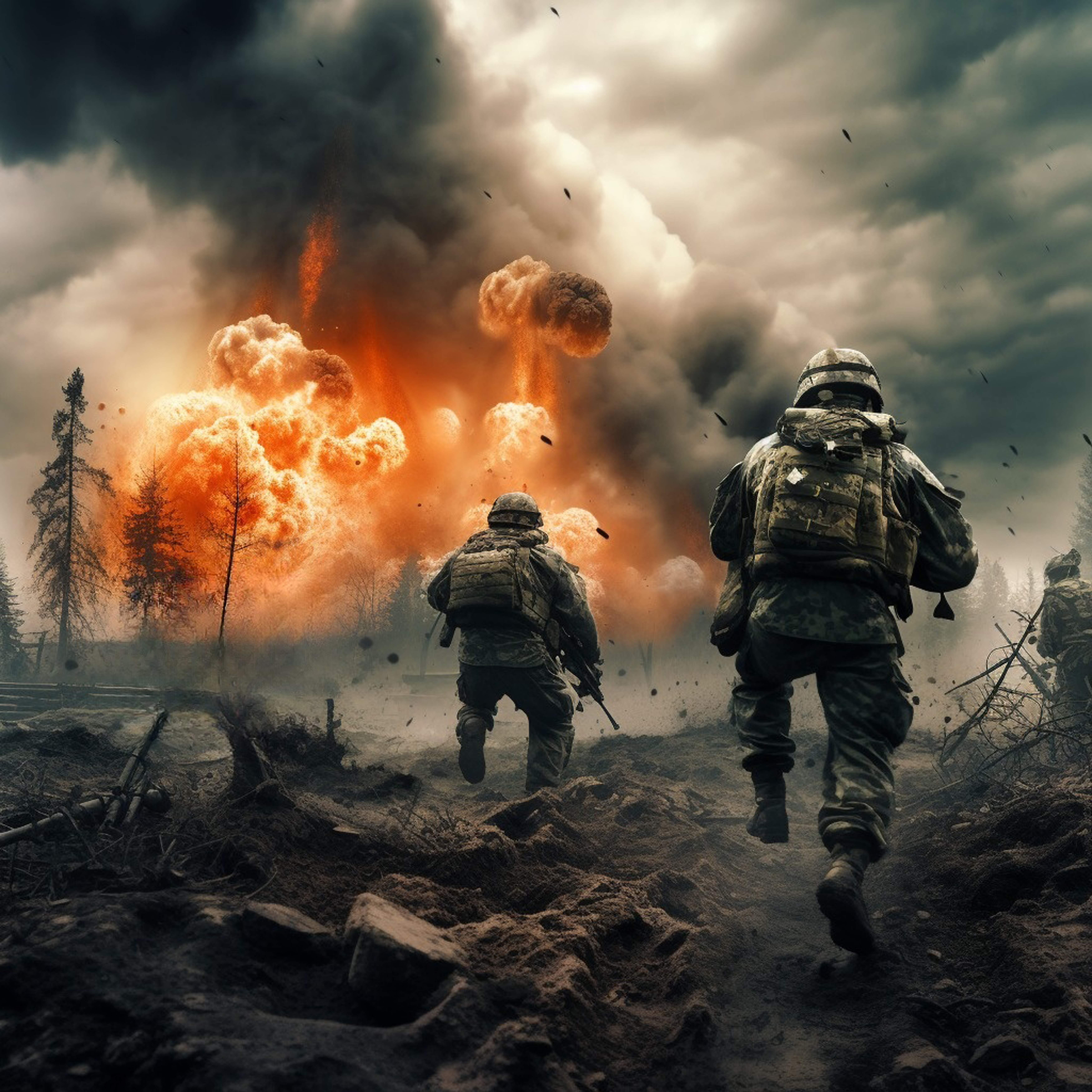
Historic Ceasefire Agreement Between India and Pakistan
On May 10, 2025, India and Pakistan announced a historic ceasefire that ended all military action on land, air, and sea. This agreement, known as the India ceasefire 2025, came after weeks of rising violence and tension between the two neighbors. The ceasefire took effect at 5 pm and marked a rare moment of calm between these nuclear-armed countries. The recent conflict was sparked by a deadly attack on tourists in early April, which India blamed on Pakistan-based groups. This event triggered strong military responses and led to deaths on both sides of the border. The India Pakistan ceasefire agreement now offers a chance to halt violence and begin talks about peace.
Table of Contents

India country profile – BBC News
Details of the India Military Ceasefire
The ceasefire covers all types of military actions and was reached after key talks between the Deputy Generals of Military Operations (DGMOs) from both countries. The agreement includes:
- Ceasing offensive military moves on land, air, and sea borders.
- Immediate stoppage of any attacks or counterattacks.
- Active diplomatic support and mediation from the United States, Saudi Arabia, and Turkey.
- High-level talks led by U.S. officials, including Secretary of State Marco Rubio and Vice President JD Vance.
U.S. President Donald Trump also played a visible role, announcing the ceasefire on social media and praising both sides for choosing peace. To better understand the U.S. involvement and the lead-up to the ceasefire, watch this explanatory video highlighting the US-mediated talks between India and Pakistan:News
Watch: India-Pakistan Agreed To Ceasefire: Trump Says US Mediated Talks
This video discusses the recent ceasefire agreement between India and Pakistan, highlighting US mediation in the talks. The agreement comes after significant military exchanges between the two nations.
International Role in the India Pakistan Ceasefire Agreement
This ceasefire was not just between Bharat and Pakistan. It shows the power of global diplomacy in resolving conflict. The United States took the lead in mediation, with strong support from Saudi Arabia and Turkey. These countries helped pressure both sides to pause and negotiate. Pakistan’s Foreign Minister Ishaq Dar publicly welcomed international help. He said the world wants to see peace in South Asia. Prime Ministers Narendra Modi and Shehbaz Sharif were deeply involved in talks encouraged by these mediators. The goal was not just ending fighting, but also discussing long-term issues between India and Pakistan. For further reading on the significance of the ceasefire and international efforts, see this news coverage:
News Article: India and Pakistan agree to immediate ceasefire
India and Pakistan have agreed to a ceasefire, stopping all firing and military action from land, air, and sea, following talks mediated by US officials. The ceasefire took effect from 5 pm local time.
Impact and Importance of the Ceasefire for Bharat
For Bharat , this ceasefire is a major step toward peace. It also promises several benefits:
- Ending Casualties: Stopping fighting means fewer deaths for soldiers and civilians.
- Securing Borders: Calm on the border allows guards to better maintain peace.
- Boosting Diplomacy: The ceasefire opens up space for talks about security and politics.
- Public Support: The peace move received huge positive attention on social media and news platforms.
People in India and around the world quickly embraced the move. Videos and official updates spread fast on YouTube and Twitter, showing strong hope for a peaceful future.
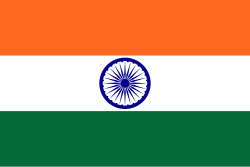
India’s National Flag – Symbol of Unity and Sovereignty
Road Ahead: Challenges and Opportunities for Lasting Peace
Though the ceasefire is welcome, many problems between India and Pakistan remain. This calm is only the start. The two countries now face big tasks:
- Restarting serious talks to solve border disputes and terrorism.
- Creating new steps for trust, such as confidence-building measures (CBMs).
- Finding ways to keep borders peaceful to avoid future battles.
- Using help from the U.S., Saudi Arabia, and Turkey to guide talks.
Both nations must work hard to turn this pause in fighting into real peace. For additional perspectives on the ceasefire and US mediation, this article provides insight:
News Article: Donald Trump says India and Pakistan have agreed to a ceasefire
US President Donald Trump announced that India and Pakistan have agreed to a full and immediate ceasefire following US-mediated discussions. The ceasefire aims to de-escalate tensions and prevent further military action.
The Bigger Picture: Bharat -Pakistan Border Peace and Relations
The Bharat -Pakistan border has long been one of the most tense areas in the world. This ceasefire is the first major step toward changing that. Peace along this border can stabilize the whole region. It can improve Bharat diplomatic relations Pakistan and open doors for trade, travel, and cultural exchange. The India ceasefire air land sea deal shows that even deep-rooted conflicts can pause when leaders choose dialogue. While many years of mistrust lie behind, the 2025 ceasefire brings hope to millions living in the shadow of war.N

Gateway of India in Mumbai, a historic monument symbolizing India’s global connections and openness.
Summary
The Bharat Pakistan ceasefire agreement effective from May 10, 2025, stops all military actions on land, air, and sea. It followed deadly clashes and growing tensions triggered by an attack on tourists. With strong U.S. backing and support from Saudi Arabia and Turkey, both countries agreed to this important step toward peace. This Bharat military ceasefire news marks a chance to reduce violence, stabilize borders, and restart diplomatic talks. While challenges remain, the ceasefire brings hope for safer Bharat -Pakistan border peace and better future relations. The world watches and waits as these two neighbors try to build peace after years of conflict.
Further Reading and Coverage:
- Trump says Bharat and Pakistan have agreed to a ceasefire – Fox4Now
This article reports on the ceasefire agreement between India and Pakistan, facilitated by US mediation. The agreement comes after weeks of hostilities and aims to reduce tensions between the two nuclear-armed nations. 
National Geographic Kids provides an insightful map depicting India’s geography and location.
News Feed
Pakistan Violates Ceasefire Deal Along Border After Peace Agreement
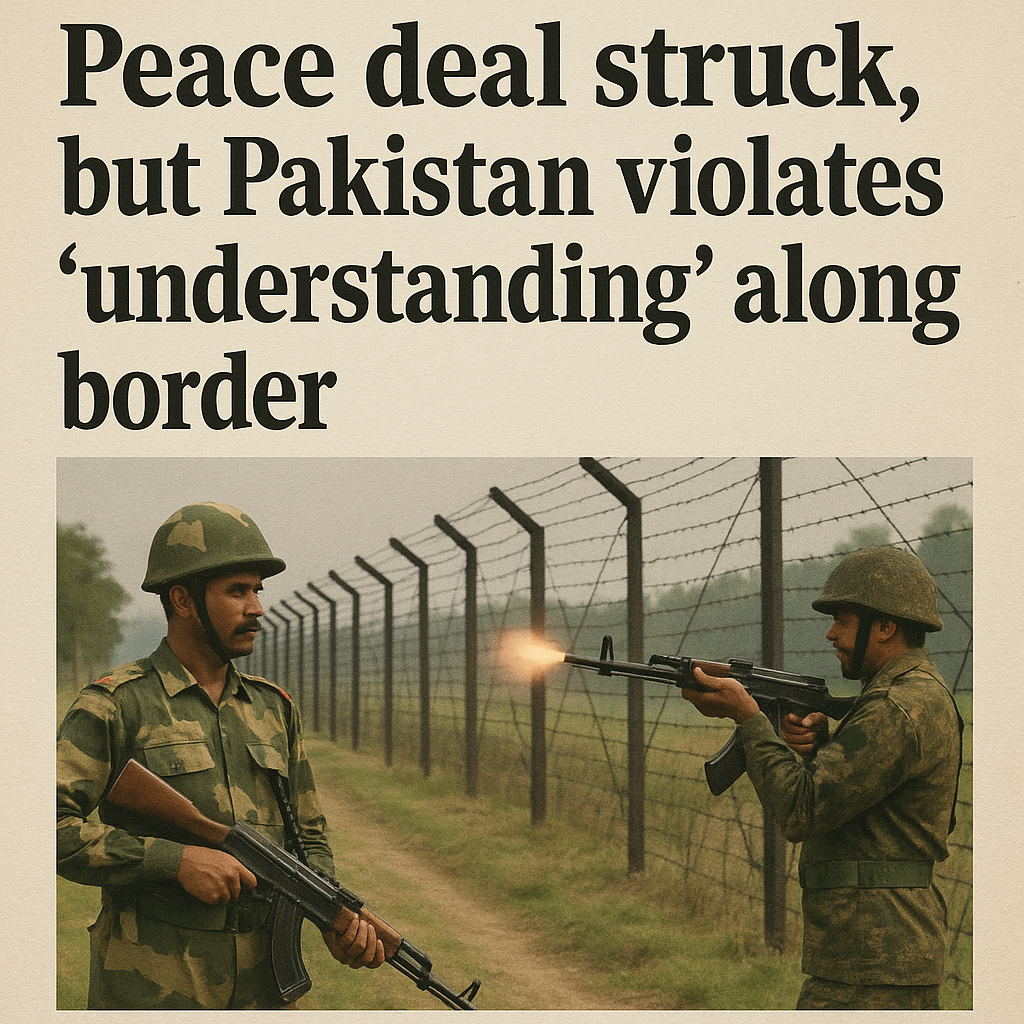
Pakistan’s Ceasefire Violation: A Setback After the Peace Deal
Recently, a ceasefire deal between India and Pakistan brought hopes of peace along their tense border. However, Pakistan reportedly broke this understanding shortly afterward. Reports indicate Pakistan began shelling and launched air raids on sensitive border areas like Barmer in Rajasthan and Baramulla in Jammu and Kashmir. These actions quickly raised tensions again and forced both countries to stay on high military alert. Indian authorities strongly condemned Pakistan’s violation. They said these attacks weaken the peace efforts and cause instability in the region. In response, India’s military acted firmly to prevent further violations and to protect its border.
Table of Contents
Pakistan – Wikipedia To better understand the geographic context, here is a detailed map highlighting Pakistan’s borders and key cities:

Pakistan | History, Population and Geography
Watch: Pak Violates Ceasefire Hours After Peace Deal Announced
The following video reports on Pak violation of the ceasefire agreement mere hours after it was announced, with details on shellings and air raids affecting the border region, including Barmer in Rajasthan and Baramulla in Jammu and Kashmir. This visual report gives real-time insight into the aftermath of the peace deal.News

Click to watch: Pakistan Violates Ceasefire Hours After Peace Deal Announced
Details of the Violations and India’s Response
The peace along the India-Pak border has always been fragile. Trust between the two neighbors runs thin. Indian Foreign Secretary Vikram Misri accused Pakistan of making “repeated violations” of the ceasefire. The reported violations include:
- Shelling across border sectors in Jammu and Kashmir
- Air raids targeting Indian land in Barmer, Rajasthan
- Breaking the peace process aimed at lowering military tension
India is committed to protecting its territory. Military officials said the armed forces are prepared to face any aggression. They have also increased surveillance to stop future attacks. These developments generated urgent security alerts and power blackouts in affected locations. The following video explains Pakistan’s deployment of drones over areas like Udhampur, which triggered Indian air defense responses causing explosions and blackouts around Srinagar.
Watch: Just hours after agreeing to a ceasefire, Pakistan violated the deal by deploying drones

Click to watch: Pakistan violated ceasefire by deploying drones
Rising Tensions and Global Concern
Pak ceasefire breach has once again raised tensions between these two nuclear-armed neighbors. Military activity heightened fears of a bigger clash. This conflict risk drew attention from global leaders and international groups. Many world leaders urged both India and Pakistan to calm down quickly. They also reminded both sides to honor the ceasefire pact. Most agree that ongoing talks are the only way to keep lasting peace. This crosses more than politics as it affects the safety of millions in South Asia. For a geopolitical snapshot, the BBC provides a concise country profile highlighting Pakistan’s strategic location and ongoing border issues:

Pakistan country profile – BBC News
Pakistan’s Actions in Media and Social Discussions
Major news platforms like News18 and Hindustan Times have closely followed this issue. Their coverage features video clips showing the impact of Pak shelling and air raids. These visuals caused strong responses from Indian border forces. Social media platforms such as Twitter and Facebook showed a rise in posts about the ceasefire violations. Many people asked for peace and urged both countries to keep their promises. Others worried about the security risks and harm to civilians caused by the fighting. Some experts noted that Pak actions might undo years of peace-building work. This ongoing public talk shows how deep the concern is. It reflects a strong wish for calm and order in the region.
What Lies Ahead: Steps to Restore Peace
Even with the recent violations, both India and Pak must renew their efforts to keep peace. Sticking to the ceasefire is key to lowering civilian harm, reducing military clashes, and creating a safer border zone. Some important moves include:
- Restarting talks led by neutral third parties
- Enhancing ways to watch and enforce the ceasefire rules
- Building trust through small cooperative steps on both sides
The current tensions show how delicate India-Pakistan relations are. Pak violation not only harms peace efforts but also risks destabilizing this often troubled region.
Where did India strike Pak ? See the key areas in this image:

Where did India strike Pakistan? See the major border districts affected by recent tensions.
Conclusion
The recent peace deal between India and Pak faced a serious challenge due to Pak repeated ceasefire breaches. Shelling, air strikes, and border fights have pushed tensions higher, causing India to respond firmly and drawing global concern. While these actions threaten the progress made, many leaders and citizens worldwide still call for calm. Keeping the ceasefire intact is critical to avoid worsening conflicts and to uphold regional peace. The world, along with India and Pak , must encourage fresh talks and respect for peace deals. Only through trust and a shared commitment can these neighbors hope to secure lasting peace along their border.
News Feed
India Declares Any Future Act of Terror Will Be Treated as Act of War 10 MAY 2025 !
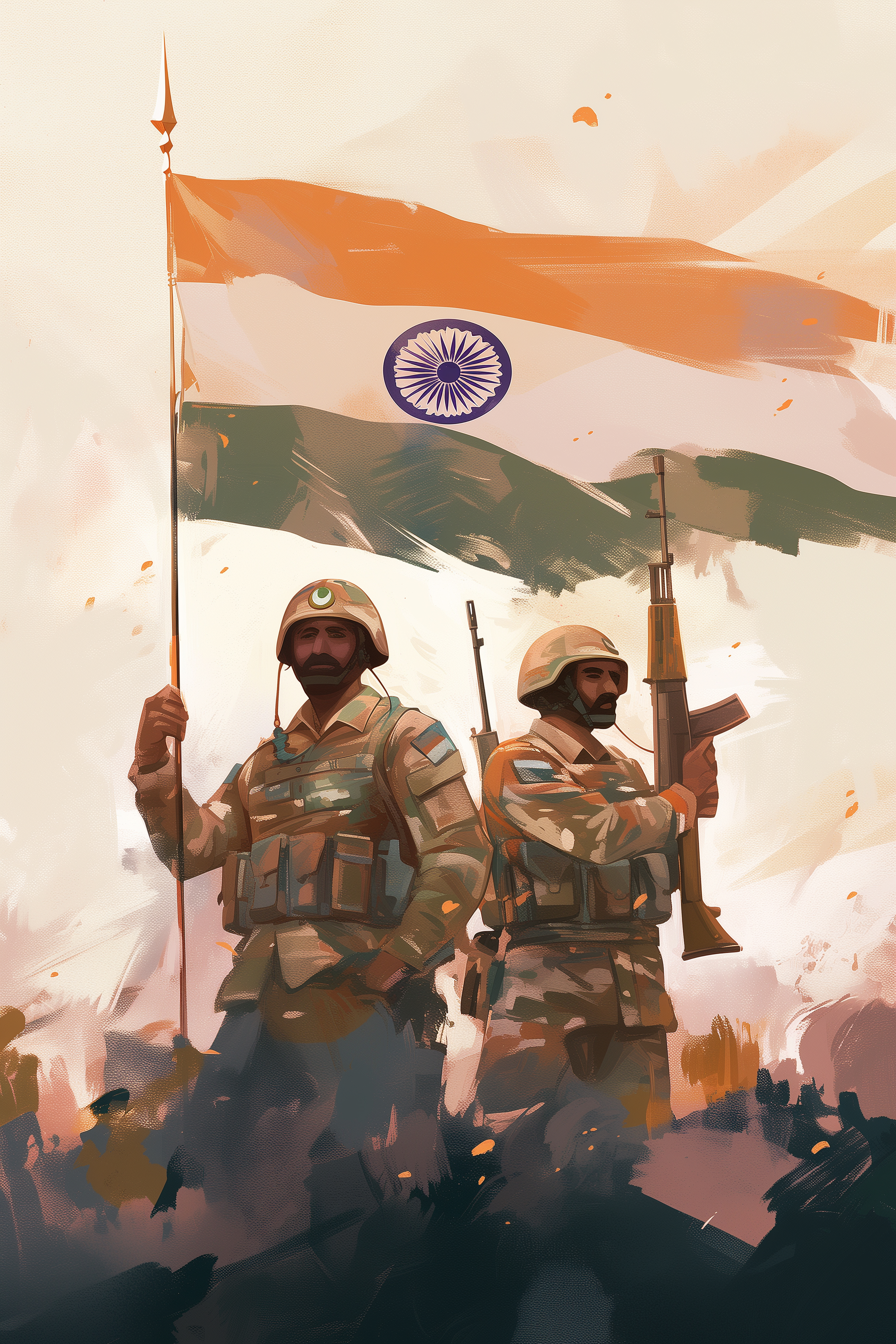
India’s Strong Response to Terrorism
India has made a bold announcement: any future act of terror on its soil will be treated as an act of war. This new stance shows India’s clear zero-tolerance towards terrorism. The decision came after a recent terrorist attack in Pahalgam, Kashmir, which caused many civilian deaths. Prime Minister Narendra Modi and the Indian government have made it clear they will protect their citizens and national security. Now, terror attacks will not just be seen as crimes but as acts that demand a military response like war. This move is a strong message, especially toward Pakistan. India holds Pakistan responsible for supporting terrorist groups that attack Bharat. By calling future terror acts acts of war, Bharat wants to stop more violence and keep the peace.

The Indian flag symbolizes the nation’s unity and resolve in protecting its sovereignty.
Table of Contents

What This Means Under International Law
Bharat declaration fits within international laws, especially Article 51 of the United Nations Charter. Article 51 gives countries the right to defend themselves using armed force if attacked. By labeling terror acts as war, India shows it may take stronger, even military, action if such attacks happen again.
Effects of Treating Terror as War
- Right to Self-Defense: Bharat can use force to strike back or stop terror groups before they attack.
- Diplomatic Tension: This could worsen relations between Bharat and Pakistan.
- Possible Legal Models: Other countries facing terror threats might follow Bharat lead.
Calling terrorism an act of war raises the stakes and allows for tougher military measures, not just police actions.News
For an in-depth analysis of India’s new stance and its alignment with international law, see this article by Business Today:
Act of War: What India’s latest warning to Pakistan means under international law
This article explains the legal framework that supports India’s policy shift and its implications on global diplomacy.
The Kashmir Attack That Sparked This Change
The recent attack in Pahalgam, Kashmir, was a turning point in how Bharat views terror threats. Terrorists targeted innocent civilians in an already tense area, causing heavy loss of life. This event was part of a series of such attacks linked to groups operating from across the border. Bharat answer is not just to seek revenge but to stop future attacks. The government promises to hold those behind these attacks responsible and to break apart terror networks that it says Pakistan supports. This shows India’s growing toughness in defending its borders and people.

Map showing the region including Kashmir, highlighting the strategic importance of the area.
Impact on the Region and Pakistan’s Reaction
Bharat stance will affect the security situation in South Asia. Bharat and Pakistan have had tense relations for years. Terrorism and cross-border incidents have made things worse.
How Pakistan Reacted
Pakistani officials criticized Bharat statement. They called Bharat claims about terror groups in Pakistan “strange.” They also accused Bharat of ignoring its own controversial actions. This back-and-forth adds pressure and makes peace talks harder.
Learn more about the escalating rhetoric and its effect on bilateral ties from this Hindustan Times report:
‘Any future act of terror will…’: Bharat big warning to Pakistan
This news article covers the official statements and regional reactions following Bharat new policy.
Social Media and Public Reactions
Bharat new policy has sparked many talks online. Social media sites and YouTube channels, such as News Today with Rajdeep Sardesai, have discussed what this means for Bharat-Pakistan relations and South Asia’s future. Common points in these discussions include:
- Worries about conflict escalation.
- Effects of military action on civilians.
- Why Bharat chose a firm stand on terrorism.
People in India mostly support the tough approach, showing frustration with repeated terror attacks and a wish for strong action.
What This Means for India’s Security Plans
By calling terrorism an act of war, Bharat is setting a clear plan based on deterrence and defense. This involves:
- Military Strength: Boosting the army and intelligence to act fast.
- Diplomatic Work: Seeking global support for fighting terrorism.
- Legal and Political Steps: Making laws stricter and improving coordination among security forces.
The goal is to stop future attacks and warn that any attack will face harsh consequences.

Iconic Gateway of India in Mumbai, representing India’s historical resilience and strength.
For a summary of the government’s policy stance and subsequent actions, see:
India to treat future terror attacks as an Act of War and will respond accordingly
This article outlines India’s plans to respond militarily to future terror attacks.
Conclusion: A New Era for Bharat
Bharat decision to treat terror acts as acts of war is a major change. It shows Bharat strong will to fight terrorism with all its power. This will affect peace and politics in the region. While it risks increasing tensions, especially with Pakistan, it also means India is serious about keeping its people safe and its borders secure. The world will watch closely to see how this new policy shapes peace and security in South Asia in the coming years.

India’s geopolitical position underlines the delicate balance of peace and conflict in South Asia.
For a broader perspective on India’s security environment and recent developments, refer to:
India declares future terror attacks will be treated as acts of war
An Economic Times piece covering Bharat latest defense posture against terror threats.
News Feed
Who is Col Sophia Qureshi, India’s Decorated Officer Briefing the World on Operation Sindoor 7 MAY ?
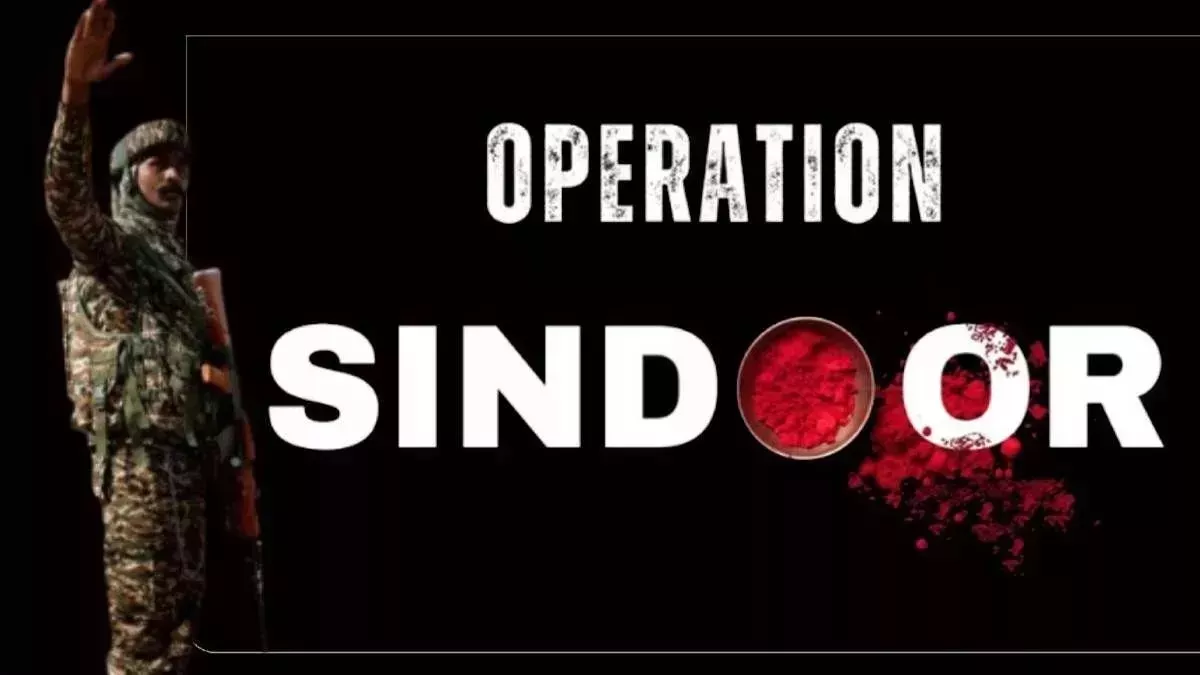
Colonel Sophia Qureshi is one of the most respected officers in the Indian Army. Known for her strong leadership and breaking barriers, she has become a key face of India’s military strength. As a senior officer in the Corps of Signals, Col Sophia Qureshi gained global attention after co-leading the media briefing on Operation Sindoor. This military operation was India’s response to the terror attack in Pahalgam. In this article, we explore who Col Sophia Qureshi is, her achievements, and her important role in modern Indian military actions.

Colonel Sophia Qureshi leads Operation Sindoor with precision and resolve.
Table of Contents
Early Life of Col Sophia Qureshi
Born in 1974 in Vadodara, Gujarat, Col SophiaQureshi grew up in a military family. This background played a big part in shaping her interest in defense work. She did not stop at just training in the military. She also earned a postgraduate degree in biochemistry, showing that she mixes strong education with military skill. Growing up with discipline and strong values helped Col Sophia Qureshi build a career based on hard work and dedication. Her balance of brains and bravery has made her a standout officer.
Col Sophia Qureshi combines academic excellence with military prowess.
Milestones and Achievements in the Indian Army
Col Sophia Qureshi is known for breaking new ground in an army environment often seen as male-dominated. Some of her key achievements include:
- First Woman Officer to Command an Indian Contingent in a Multinational Exercise:
In 2016, she led the Indian team during Exercise Force 18. This was a major multinational military drill. Her leadership here showed that women officers can hold top positions with skill and confidence. - Service in United Nations Peacekeeping Missions:
She also served in UN Peacekeeping operations, including an important deployment in the Democratic Republic of Congo. This shows her ability to work in global operations and represents India’s role in international peace.
These milestones highlight not just her personal success but also the growing role of women in India’s security forces.
Col Sophia Qureshi and Her Role in Operation Sindoor
In 2023, Col Sophia Qureshi became well known worldwide for leading the briefing on Operation Sindoor after the terror attack in Pahalgam. The operation targeted terror camps in Pakistan and Pakistan-occupied Kashmir.
- She appeared alongside Wing Commander Vyomika Singh to explain details to the global media.
- Col Sophia Qureshi outlined how the operation struck nine terror camps, showing the Indian Army’s precision and strong resolve.
- Her clear and confident communication made her the trusted face of India’s military efforts in that event.
This briefing helped the world understand India’s fight against terrorism while showing Col Sophia Qureshi’s skill in sharing military information with the public.
For insight into her leadership and the significance of the operation, watch this detailed video:
Operation Sindoor 2.0: Col Sofia Qureshi – The Nation’s Pride

Watch Colonel Sofia Qureshi discuss her role in Operation Sindoor and her contributions to Indian military operations. Moreover, her media briefing earned praise from the Supreme Court, highlighting the importance and professionalism of her presentation:
According to NDTV, the Supreme Court lauded Colonel Qureshi for co-leading the Operation Sindoor briefing, marking a significant moment for women leaders in the Indian Armed Forces.
Another comprehensive profile of her and Wing Commander Vyomika Singh can be found at Deccan Herald, putting their briefing into the larger context of women breaking barriers in the military:
Who are Wing Commander Vyomika Singh and Colonel Sophia Qureshi?
Recognition and Public Impact
Col Sophia Qureshi has earned respect nationwide and beyond:
- Her twin sister has praised her dedication and professionalism.
- News outlets and social media have highlighted her role during Operation Sindoor.
- Her visibility in the media has stirred talks about the growing role of women officers in India’s military.
These recognitions put a spotlight on how women like Col Sophia Qureshi are changing old ideas about gender in the armed forces.

Meet Colonel Sophia Qureshi: Decorated officer who is inspiring a new generation.
Impact on Women in the Indian Armed Forces
Col Sophia Qureshi’s story is a sign of changing times in the Indian Army:
- More women are now leading teams and taking on frontline duties.
- Her success inspires young women who want to join defense services.
- Her presence in major international briefings sends a message: women are an important part of the Indian Army’s future.
Her career proves that gender is not a barrier to leadership in India’s military.
Sophia Qureshi exemplifies commitment and leadership, shaping the future of India’s defense.
The Legacy of Col Sophia Qureshi
Col Sophia Qureshi is a decorated officer who stands for courage, commitment, and strong leadership. From commanding troops in major exercises to sharing complex military details publicly, she represents the new face of Indian women soldiers. Her work strengthens the idea of equal respect and chances for women in the armed forces. She is paving the way for future generations who want to serve the nation fearlessly.
-

 Funds2 weeks ago
Funds2 weeks agoChoosing Between Direct and Regular Mutual Funds: Which is More Beneficial 2025 ?
-

 Cryptocurrency3 weeks ago
Cryptocurrency3 weeks agoWazirX Plans User Compensation Post-Court Approval on May 13, 2025
-

 Cryptocurrency3 weeks ago
Cryptocurrency3 weeks agoSolaxy ICO Soars as New Dev Upgrade Drops – Best Meme Coin to Buy 2025?
-

 Stock Market1 month ago
Stock Market1 month agoTata Trent: Buy, Hold, or Sell 2025 ? Exclusive News
-

 News Feed2 weeks ago
News Feed2 weeks agoOpting for New Tax Regime? Check Out These 5 Benefits
-

 News Feed2 months ago
News Feed2 months agoThe Final Goodbye: Microsoft Closes Skype, Leaving Nostalgia in its Wake ! Exclusive News !
-

 IPO Updates3 months ago
IPO Updates3 months agoHexaware Technologies Limited IPO: The Investment Opportunity of 2025!
-

 Cryptocurrency5 days ago
Cryptocurrency5 days agoPi Network Price Prediction: Will Pi Network Break $0.50 Support or Rally on BNP Paribas News?
